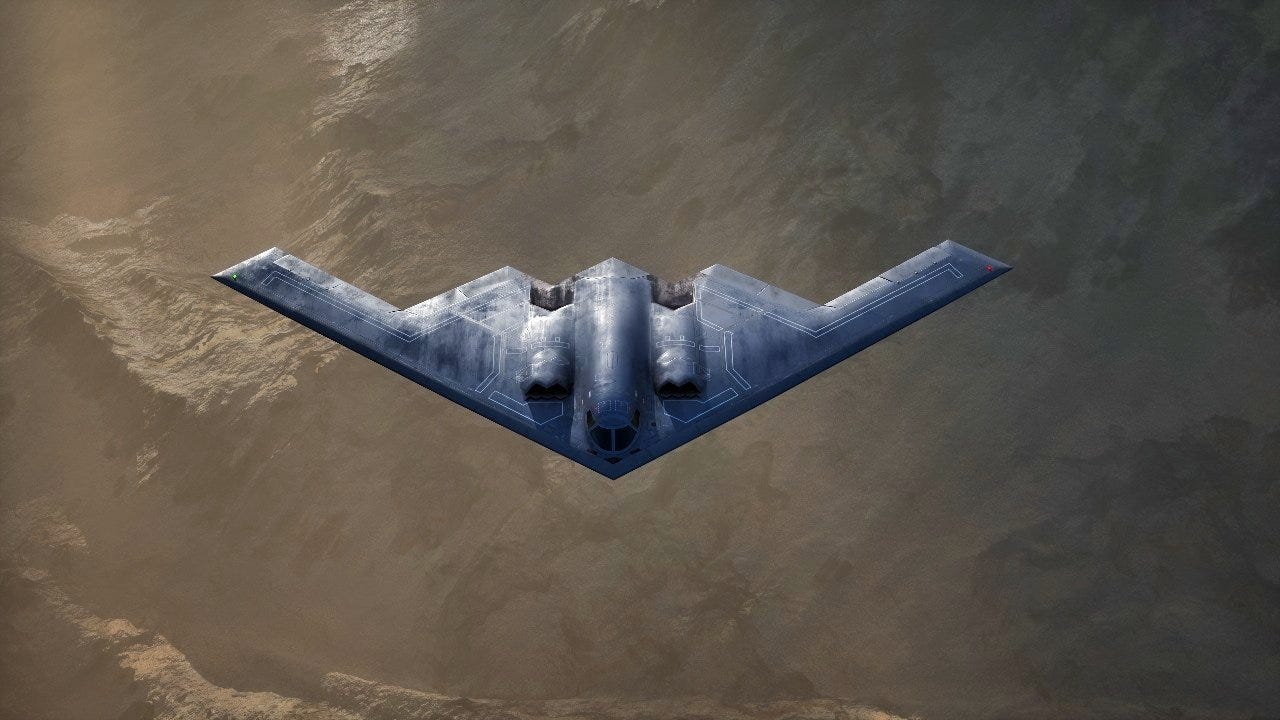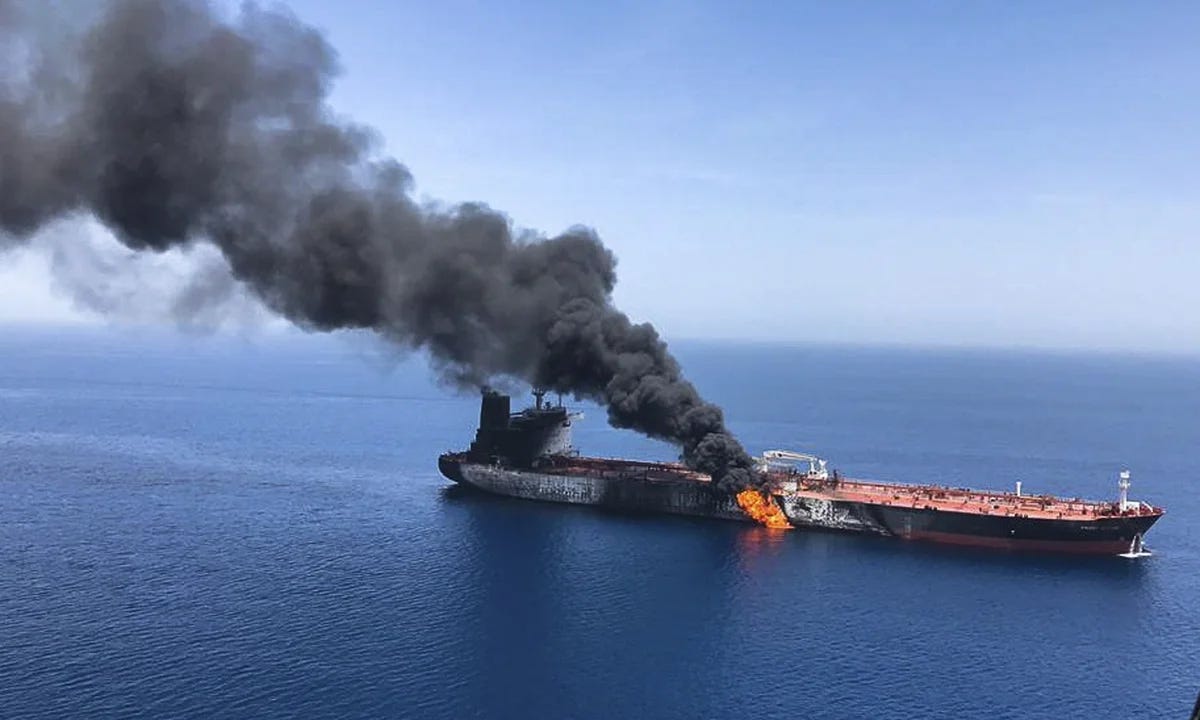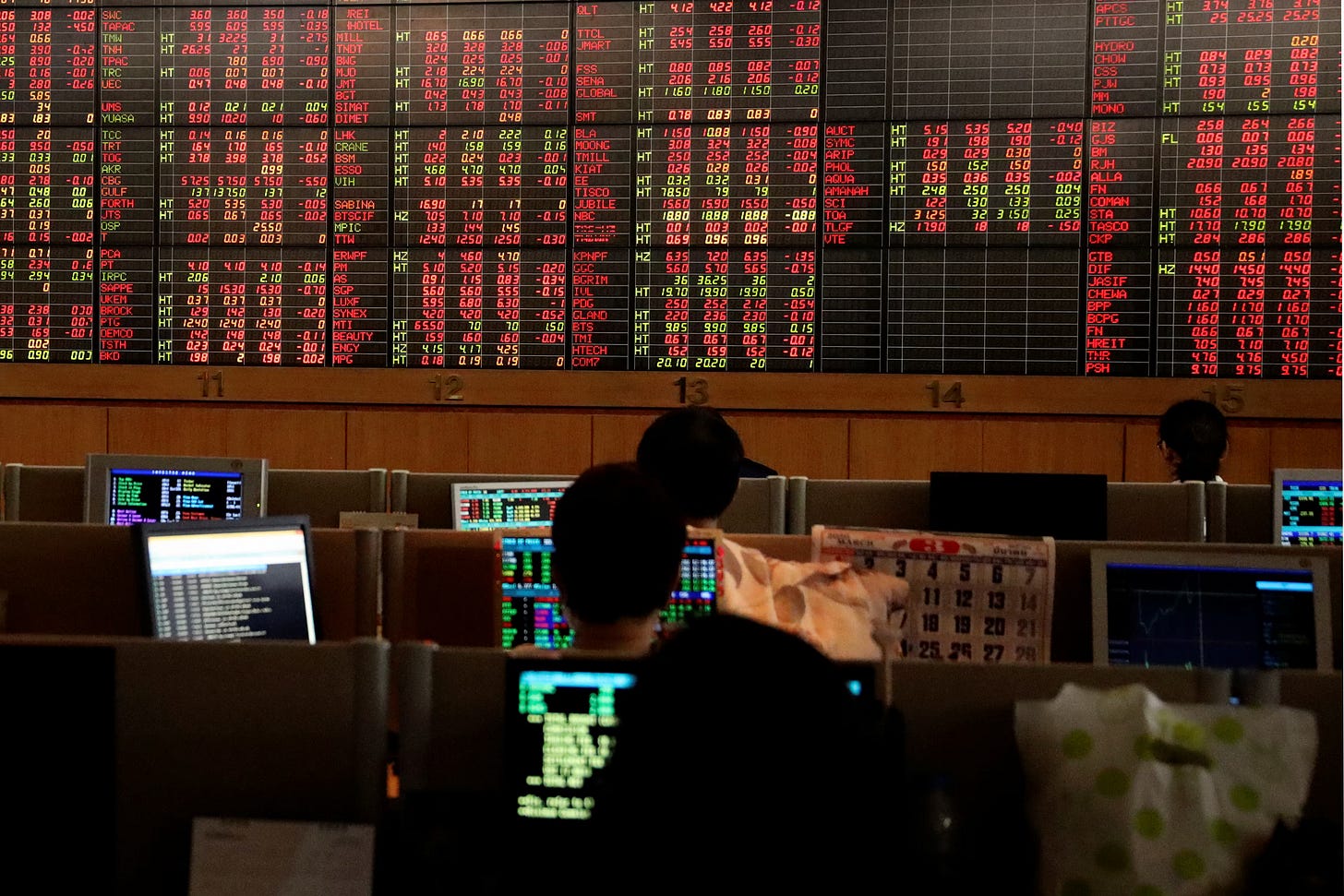War Premia
Monday 23 June 2025
The U.S. bombing strike on Iran’s nuclear facilities could open up a Pandora’s box of problems for the region, or perhaps it will function as an exclamation point, bringing the Israeli attack to a close. We don’t have a good handle on Iran’s military reserves, and we especially don’t know what actions the regime will take. Iran might hunker down, but it may also lash out in the region, potentially catalyzing a wider war that brings in other players, like Saudi Arabia. A much easier call, prior to the president’s brief address to the nation Saturday night, was that the administration would be inclined to assert that no further action is contemplated, now that the nuclear enrichment facility at Fordo has been destroyed. And that’s essentially the message we received. There have long been fears in the U.S. about a potential war with Iran, and whether that would mean “boots on the ground.” For now, however, it’s probably best to go with the assumption that this administration wants nothing to do with such scenarios. Moreover, until otherwise indicated, one should favor the view that Iran is currently crippled.
Oil is likely to carry a price premium for a while, even if markets turn their attention to slower economic growth. Elevated prices for oil—even on the back of strong demand—can quickly convert to weakness when economic outlooks turn down, but that may not be the case here, at least for the balance of the summer. The reason is that there’s simply no escape from higher insurance rates infecting the market, and thus pushing up transportation costs. Yet another example of how insurance itself is a kind of truth teller.
But if oil prices stay elevated for too long, it could absolutely invite a crash. That’s in part because oil supply globally is quite robust right now. The IEA reported last week that inventories had been building rapidly, at a rate of 1 million barrels per day (mbpd) since February. Why might that be? Well, consider the downward revisions to global growth we’re seeing already from IMF and World Bank GDP forecasts. Trump’s doomed-to-fail tariffs were very much a global shock when unveiled in early April, and their effects are still winding their way through the system. When lumped all together, it’s understandable that some economists are concerned that in Q3—the 90-day period starting in July and running through the end of September—inflation readings could turn up as growth readings turn down.
A sure way for oil to get itself into trouble would be to carry a price premium for at least 6 to 8 weeks, only to find itself way overpriced by late August, when we start to see signs of further slowing in global growth. That could turn a price spike into a nasty crash, right when oil tends to be seasonally weaker anyway, around Labor Day.
Global markets were doing a decent job digesting Israel’s attack on Iran, but it’s a very different thing now that the U.S. has laid its hands upon the conflict. Despite the one-and-done assertion from the U.S. president over the weekend, it is still the case that Trump has become the first U.S. leader to actually drop bombs on the country, after 40 years in which that prospect remained limited to a mere possibility. Markets will regard this as something new. Let’s recall that some portion of Trump’s base is fully anti-war. So, setting aside the rationales for this limited action, Trump’s “big, beautiful, bunker-busting” will be regarded as a betrayal to many of his supporters.
Like oil, which is now fated to remain elevated in price, equity markets may be fated to travel along at a lower price for a while, until matters become more clear in the Gulf. As readers know, the U.S. indexes were getting into position to challenge the previous highs. And stock markets tend to be twitchy and nervous whenever they are nearing old highs, especially after a dramatic fall of the kind we endured in April and May. For example, on Monday, markets will probably have to face the fact that although the administration reportedly communicated to Iran that “the strikes are now done, and regime change is not a goal,” we have new, bellicose threats coming from Iran itself (closing the Strait of Hormuz, attacking U.S. bases) and Trump’s additional warning that Iran better not attack any U.S. assets, territory, or persons. It’s doubtful the market will be able to figure out that complicated math anytime soon.
Emissions growth is likely to weaken this year because the global economy is on a much softer path. The World Bank just cut its GDP forecast from 2.7% to 2.3%, and that follows the earlier cut from the IMF in April, marking down global growth from 3.3% to 2.7%. Both the World Bank and the IMF will update forecasts again, and the IMF has said that its coming assessment in late July will take into account further disruptions, including the extra tariffs on steel.
These forecasts do not yet include the conflict between Israel and Iran, of course, and in particular the strikes on Iran by the U.S. this weekend. Should oil start carrying a premium (to reflect higher shipping costs due to insurance rates), that would surely slow the global economy further. For reference, global GDP in 2023 advanced by 3.0% while emissions grew by 1.1%.
Without trying to quantify the relationship between global economic and emissions growth too precisely, we know that global GDP has steadily decarbonized in the current technology-driven era as greater portions of output are digital, service-based, intellectual, and far less industrial. In the 20th century, and even coming into the 21st century, the relationship between the marginal unit of global GDP and energy consumption (from fossil fuels) was still fairly tight. That relationship is now quite a bit looser, especially since 2010:
Keep reading with a 7-day free trial
Subscribe to Cold Eye Earth to keep reading this post and get 7 days of free access to the full post archives.





